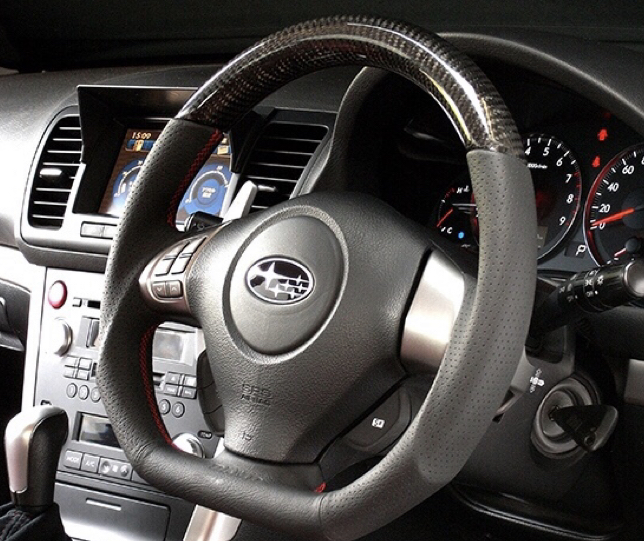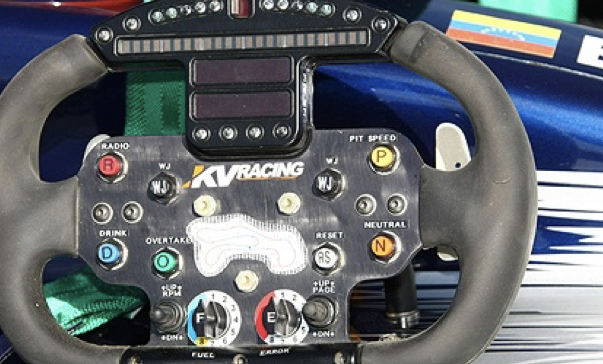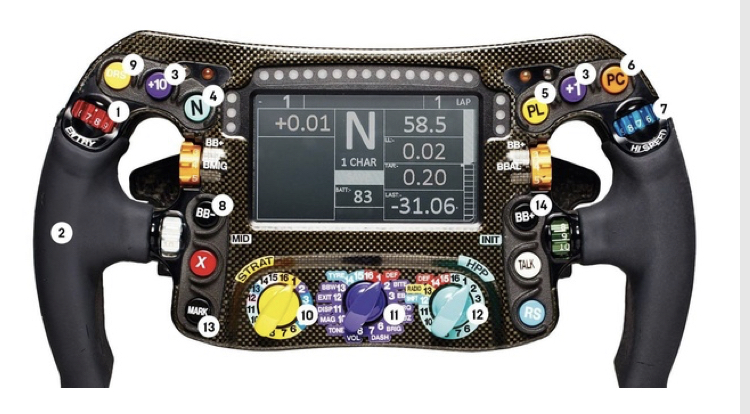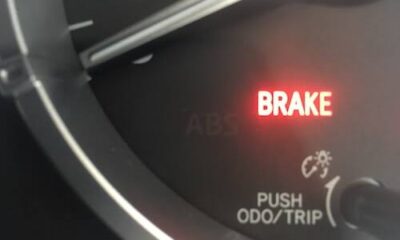Technology
What are D Shaped steering wheels

The D-shape is racing inspired, with the bottom flattened for increased driver leg clearance, while the top remains curved mostly to allow the driver to see the instrument cluster through the top of the wheel.
Here’s an Indy wheel, much more extreme (because the instrument cluster’s on the wheel itself) but the same basic idea:

F1 steering “wheels” actually look more like video game controllers nowadays (and cost an average of $75k each):

However, GT cars, most of which are modified from production vehicles, allow a fairly wide variety of wheel designs, including your more familiar D-shapes but also yokes, squares, and traditional circular wheels.
The easy answer to the stated question is that the majority of production cars don’t have race-tuned suspensions.
In an Indy or F-1 car, turning the wheel about 100–120 degrees to either side is all the steering you get; Indy Cars don’t have power steering (F1 teams started phasing it in in the late 90s, calling it a safety feature which is debatable however, swayed the FIA after the sport had suffered its deadliest season in decades), so it’s up to the drivers’ arm strength and finesse to get and hold the wheel where it needs to be through each turn, which means crossing arms at max turning rate is not a good idea.
GT cars, with or without power steering, also tend to increase the steering ratio from the stock production model so you get more range of turning radius without crossing your arms or taking a hand off the wheel.
In the average passenger vehicle, the wheel will rotate a full turn and a half from straight to maximum turning angle. That’s for two reasons; a reduced rack and pinion ratio to make the wheel more precise and less “jerky”, and because the maximum turn angle is two to three times the maximum a racing car is capable of. Street drivers make these kinds of minimum-radius, minimum-speed turns much more often than they need to hold a racing line while pushing their tire traction to the limit.
Even drivers of sports cars like the above Subaru Legacy A-Spec will rarely use the full capabilities of the car they drive. So, even the D-shape you typically see in racing-styled variants of street cars is a compromise between a real racing yoke and a traditional wheel.
-

 AVIATION5 years ago
AVIATION5 years agoPhoto News: Air Peace commence flight operations to South Africa
-

 Car News5 years ago
Car News5 years agoPolestar is recalls over 2000 electric cars due to software bug
-

 RAIL5 years ago
RAIL5 years ago36 Killed in Pakistan Train Accident
-

 Technology5 years ago
Technology5 years agoCommon mistakes in CO₂ emissions calculations
-

 Business5 years ago
Business5 years ago2016 Volvo XC60 review and specifications
-

 Reviews5 years ago
Reviews5 years ago2021 Audi A6 Specifications and Review
-

 Reviews3 years ago
Reviews3 years agoDebutant Kia’s new K8 sedan benchmarks luxury, safety
-

 SAFETY / CAR CARE5 years ago
SAFETY / CAR CARE5 years agoHandbrake warning light; what it means and what to do
